- Learning time
- 10 minutes
- First play time
- 45 minutes
Royal Visit
Designed by: Reiner Knizia
Royal Visit (there’s also an older version called Times Square) is a two-player game where rival duchies are attempting to entice the king to visit them first – or failing that, encourage enough of the aristocracy that their couch is the comfier of the two.
The board – actually a cloth, representing a path – is laid out between the players, with the five pieces on it: the king and his two guards; the wizard, and the jester. Also on the board: an influence marker, that begins in the middle. Either side of the neutral middle place represents the players kingdoms, and the final two places on the path are your duchy.
Players draw a hand of eight cards to begin. The cards allow you to move the above characters along the board towards your duchy. On your turn you can only play one type of card, but you may play as many of that card as you like: thus, if you have six wizard cards, you can play as few as one or as many as six. There are some caveats to movement, however: the king must always be between his two guards and cannot move past (or even level) with either of them. The jester cards can be used to move the jester himself or, if the jester is in your kingdom, any other character. There’s a king card that summons his guards to either side of him, no matter where they are, and a jester card that moves the jester instantly to the middle, neutral space on the path.
Additionally, there are a couple of special moves: you can play a pair of king cards to move all characters a single step, and you don’t need a card at all to move the king to the same space as the wizard (as long as, of course, the space in question is between the king’s guards as always)
Once you’ve made your moves you replenish your hand back to eight. If there are any characters in your duchy, you move the influence marker a matching number of spaces up the path toward you: if it reaches your duchy, you win! If the king ever reaches a duchy, that is an instant win, no matter where the marker is. The only other way the gane ends is if the players have gone through the entire deck of cards twice – in which case whoever has the influence token in their kingdom wins.
The guru's verdict
-
Take That!
Take That!
It's not a game of lashing out or taking damage. But it is one where you are fighting in an abstract fashion, to pull the king and/or his subjects toward you.
-
Fidget Factor!
Fidget Factor!
Very low. When it's not your turn, you're watching what your opponent is doing and gauging how best to respond.
-
Brain Burn!
Brain Burn!
Although there's some strategy here, it's mostly a tactical experience of managing the cards fate deals you: perhaps taking a couple of ineffective turns in order to build a strong hand.
-
Again Again!
Again Again!
While Royal Visit doesn't come with huge variety in set-up, expansions, different characters to play and so on, the randomness of the draw and how players respond to given situations keeps it both revisitable and fresh.

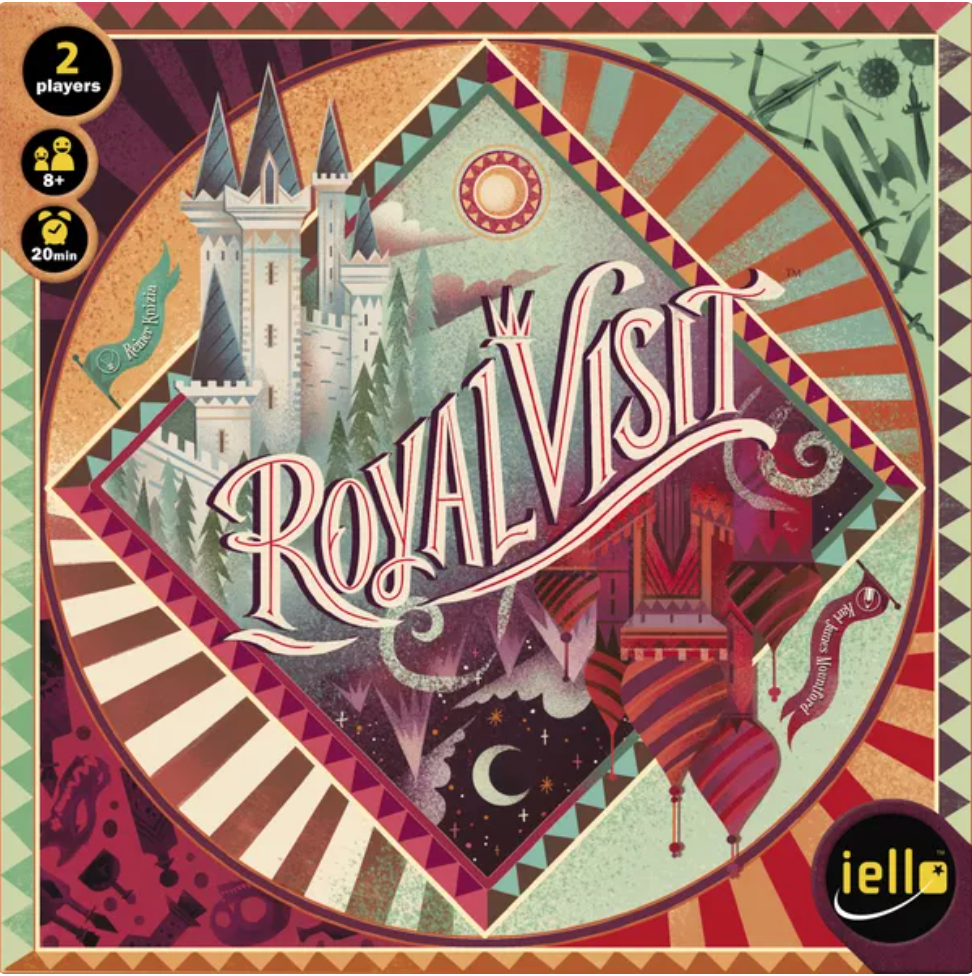



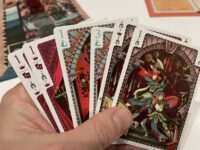



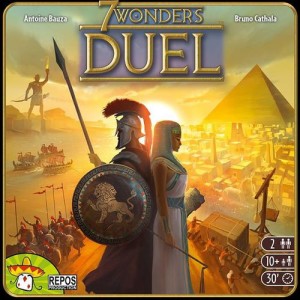
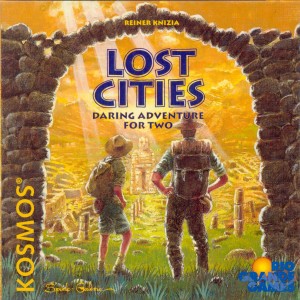


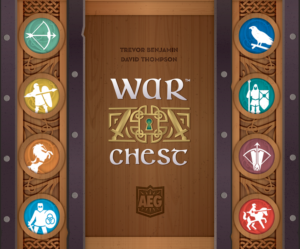
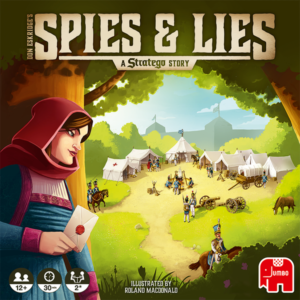
Sam says
Fans of games with perfect information - think Chess or Go - may narrow their eyes at Royal Visit's hidden hands and luck of the draw. But to me, not a massive fan of two-player tug-of-war games, Royal Visit is a miniature gem. There's just enough flex in 8 cards that even a 'bad' hand gives you some mitigation; and maybe more. And I love the hidden-hand aspect as well, because knowing what the opposition holds would cause the game to collapse into a morass of computational if/but pauses. Instead it's a game with risk, and luck, yes, but not so much luck that a lucky player will consistently win. A fun, intriguing title from a master designer.